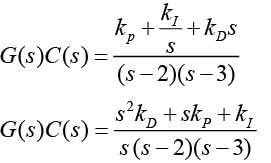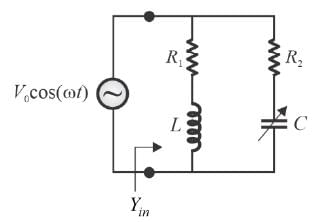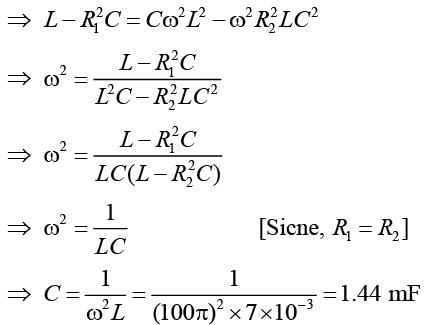GATE Instrumentation Mock Test - 3 - GATE Instrumentation MCQ
30 Questions MCQ Test GATE Instrumentation 2025 Mock Test Series - GATE Instrumentation Mock Test - 3
Disagree : Protest :: Agree : _______? (Based on word meaning)
A number described as 'frabjous' is characterized as a three-digit number where all digits are odd and no two adjacent digits are identical. For instance, 137 qualifies as a frabjous number, whereas 133 does not. What is the total count of such frabjous numbers?
Directions: This question consists of a statement followed by two numbered arguments. In making decisions regarding significant issues, it is crucial to differentiate between strong and weak arguments as they pertain to the question. 'Strong' arguments are those that are both significant and directly related to the question. Conversely, 'weak' arguments are of lesser importance and may not be directly related to the question, or they could pertain to a trivial aspect of it.
Statement: Should only well-established NGOs be permitted to distribute goods to the public under the Public Distribution System (PDS)?
Arguments:
1. Yes, this initiative will aid in executing the program more efficiently and will help monitor various activities such as black marketing of the commodities provided through the PDS.
2. Yes, NGOs have supported the government in numerous instances.
Arguments:
1. Yes, this initiative will aid in executing the program more efficiently and will help monitor various activities such as black marketing of the commodities provided through the PDS.
2. Yes, NGOs have supported the government in numerous instances.
Ankita needs to ascend 5 stairs starting from the ground level, while following these rules:
1. At any moment, Ankita can either advance one stair or two stairs at a time.
2. At no point can Ankita descend to a lower step. Let F (N) represent the total number of distinct ways for Ankita to reach the Nth stair.
For instance, F (1) = 1, F (2) = 2, F (3) = 3.
What is the value of F (5)?
What is the likelihood of obtaining the same number on all three dice when they are rolled simultaneously?
Given the digits: 2, 2, 3, 3, 4, 4, 4, 4, how many unique 4-digit numbers can be created that are greater than 3000?
The number 111111111111 can be evenly divided by:
Examine the OP-amp circuit illustrated in the figure.
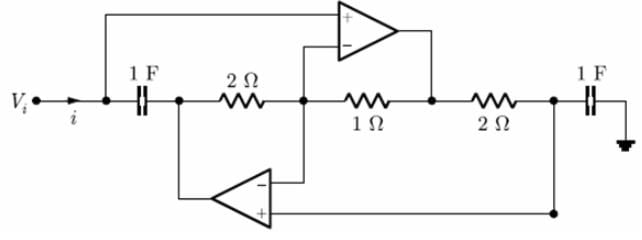
Which of the following correctly describes the relationship between the input voltage Vi and the current i?
A multi-range voltmeter is shown with a full-scale deflection current Ifsd= 50 μA and meter resistance of 1kΩ. What are the values of resistances R1, R2, and R3, respectively?
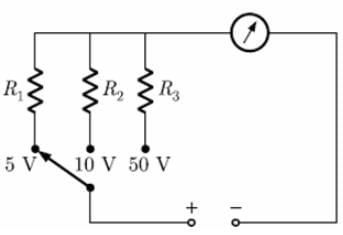
The inductance of a coil is recorded as 10 mH by an LCR meter, in the absence of any nearby objects. The LCR meter operates with a sinusoidal excitation frequency of 10 kHz. When a pure copper sheet is placed near the coil, the reading on the same LCR meter will be _____.
Which of the following flow measurement devices provides the least resistance to fluid flow?
The capacitance 'C' of a parallel plate capacitor is determined to be 20 pF based on the formula  where ε0 represents the permittivity of free space, er denotes the relative permittivity of the dielectric, A is the area of overlap between the plates, and d is the separation distance between them. The value of C is subsequently assessed with an ideal LCR meter, which is assumed to have no errors attributed to cable capacitance. Which of the following statements is likely to be accurate?
where ε0 represents the permittivity of free space, er denotes the relative permittivity of the dielectric, A is the area of overlap between the plates, and d is the separation distance between them. The value of C is subsequently assessed with an ideal LCR meter, which is assumed to have no errors attributed to cable capacitance. Which of the following statements is likely to be accurate?
The provided table illustrates the current state Q(t), the subsequent state Q(t 1), and the control input associated with a flip-flop. Determine the type of flip-flop.
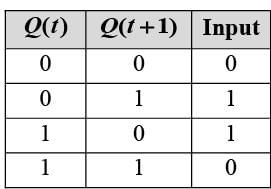
Determine the solution to the differential equation 
A light emitting diode (LED) produces light when it is _____ biased. A photodiode achieves its highest sensitivity to light when it is _____ biased.
When expressed as a power series centered at z = 2, it will yield  with a region of convergence (ROC) defined by |z - 2| < 1. The coefficients ak, where k ≥ 0, are provided by the expression________.
with a region of convergence (ROC) defined by |z - 2| < 1. The coefficients ak, where k ≥ 0, are provided by the expression________.

The function x(t), for t ≥ 0, that satisfies the differential equation  with the initial condition x(0) = 1 and
with the initial condition x(0) = 1 and  is
is
What is the Nyquist sampling rate (in samples per second) for the signal x(t) = sin c(200t) sin2 c(1000t)?
The count of how many times the Nyquist plot of  encircles the origin is __________.
encircles the origin is __________.
The circuit depicted contains an ideal op-amp, which has an input bias current of 1 nA and an input offset voltage of 10 μV. What will be the resulting worst-case output voltage, expressed as ± ________ μV (rounded to the nearest integer)?
The impulse response of a linear time-invariant (LTI) system is given by h(t) = δ(t) 0.5δ(t - 4), where δ(t) represents the continuous-time unit impulse function. If the input signal is x(t) = cos(7x/4 t), what will be the output of the system?
The Laplace transform of the continuous-time signal x(t) = e-3t u(t - 5) is _________, where u(t) represents the continuous-time unit step function.
A pressure sensor of the quartz piezoelectric type is equipped with an integrated charge amplifier. The sensitivity of this sensor is 1. When exposed to a constant pressure of 120 kPa, what is the steady-state output of the transducer?
Examine the following assertions regarding a discrete linear time-invariant (LTI) system characterized by its frequency response and impulse response h[n]:
1. 
2. The system is causal.
3. The discrete-time Fourier transform (DTFT) of h[n 1] is purely imaginary.
Which of the following statements is correct in relation to the above assertions?
What is the output frequency (in Hz) of the circuit illustrated below?

Consider a typical negative feedback arrangement with  and the controller
and the controller  . The root locus of G(s)C(s) is shown in the figure below. The gain at C(jω) = 2 when ω = 1 rad/s. Determine the value of KD __________ (rounded to one decimal place).
. The root locus of G(s)C(s) is shown in the figure below. The gain at C(jω) = 2 when ω = 1 rad/s. Determine the value of KD __________ (rounded to one decimal place).
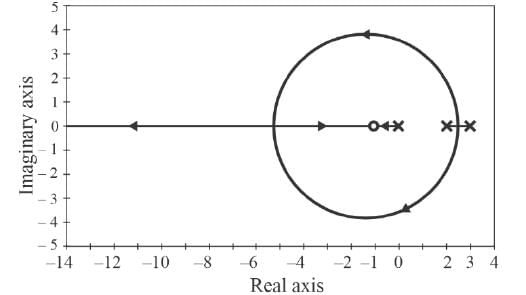
A resistive potentiometer-type angle sensor, which is wire-wound and consists of 72 turns, is utilized in a specific application. The initial turn of the potentiometer is grounded, whereas the final turn is linked to a voltage of 3.6 V. The wiper's width spans two turns, ensuring a make-before-break configuration. What is the output (wiper) voltage when the wiper is positioned over both turns 35 and 36, rounded to two decimal places? _______ V.
A linear variable differential transformer (LVDT) has two secondary outputs that produce a voltage of 2 V (RMS) when the core is in the zero displacement position. It has been observed that the phase of one of the secondaries deviates by one degree from the anticipated phase. Aside from this phase shift, the LVDT behaves ideally. Given that the differential output sensitivity of the LVDT is 1 mV (RMS)/1 μm, what is the output at zero displacement, rounded to one decimal place? __________ μm.
In the provided diagram, the frequency of the sinusoidal source voltage Vs is 50 Hz. The load voltage measures 230 V (rms), and the load impedance is 230/√2 j230/√2 Ω. The value of the attenuator A1 is 1/50√2. The output voltage of the multiplier  is determined by the inputs Vx and Vy. What is the magnitude of the average value of the multiplier output V0, rounded to one decimal place?
is determined by the inputs Vx and Vy. What is the magnitude of the average value of the multiplier output V0, rounded to one decimal place?
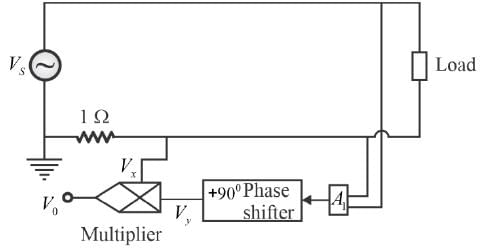
In the given circuit, with ω = 100 π rad/s, R1 = R2 = 2.2 Ω and L = 7 mH, what is the value of capacitance C that makes Yin purely real, expressed in mF (rounded to two decimal places)?
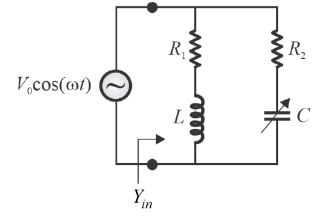





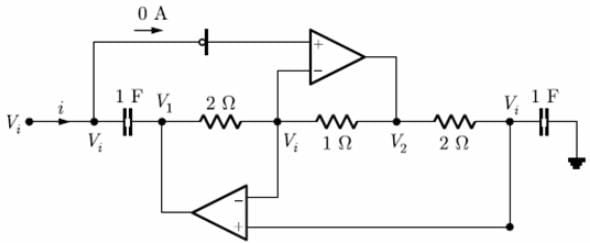
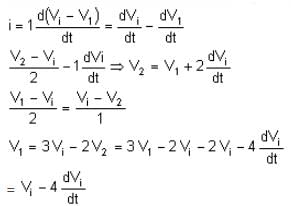


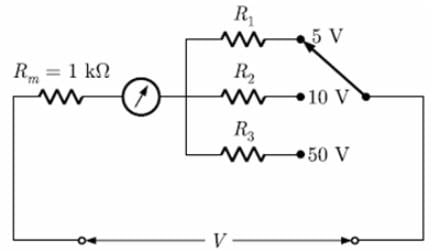
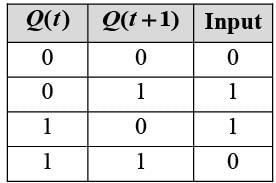
 Input ...(i)
Input ...(i) T
T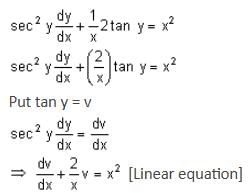
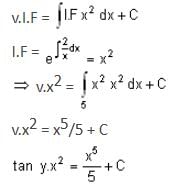
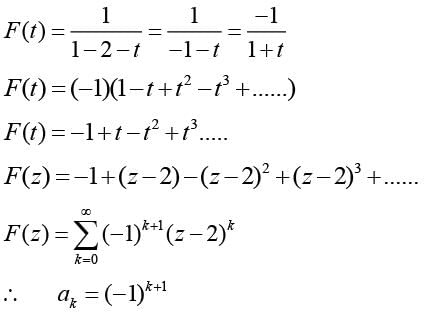


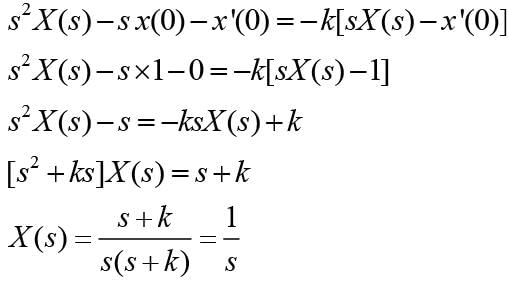

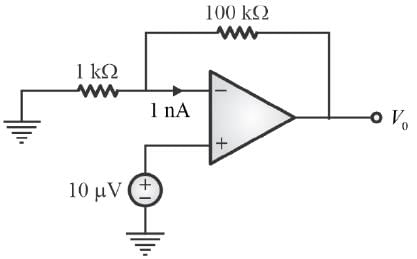
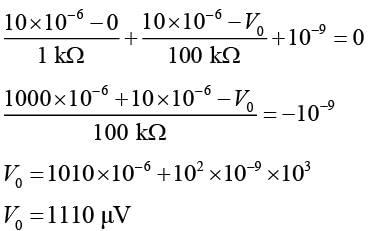

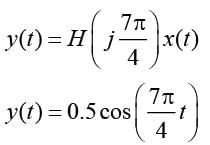
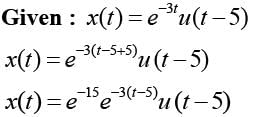

 implies h[n] is real.
implies h[n] is real.

